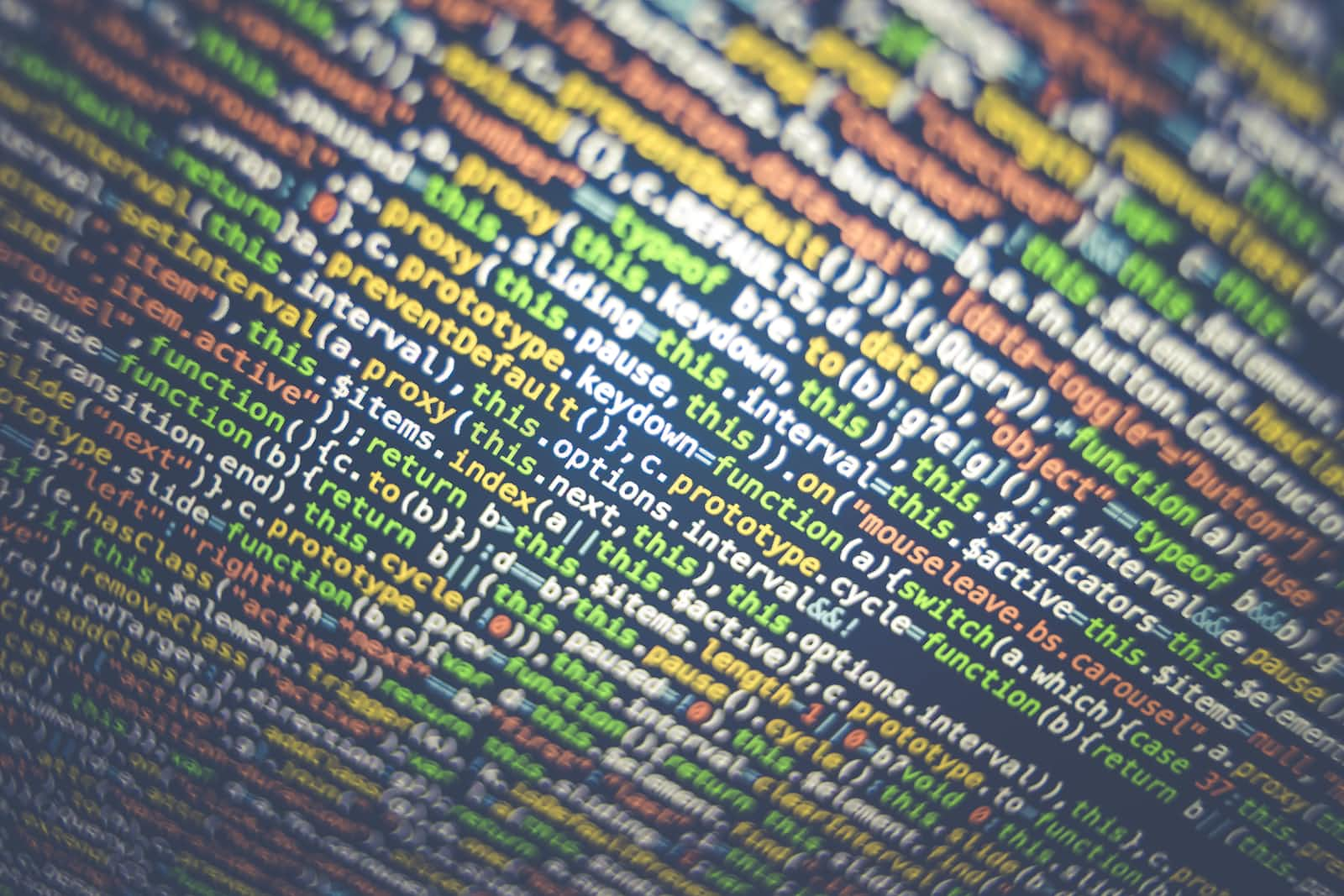The Evolution Of The Web
 Emelike Adaeze
Emelike Adaeze
The World Wide Web is the main platform on which people from all parts of the world share, read, and write information and communicate with one another online. Since its inception, the World Wide Web has advanced significantly and In this post, I'll give you a quick overview of how web technology changed from version 1.0 to version 2.0 and 3.0.
Web 1. 0 (1991 to 2004)
Web 1.0 is a term used to describe the earliest version of the Internet. Known as the READ-ONLY web, it was the version of the website where the users could only read what was made available to them, Hyperlinks joined web pages together and there was little to no interaction on the website. In other words, the first version of websites contained static pages joined together by hyperlinks, with little to no CSS and zero interactivity like logging in, leaving reviews and comments, etc the purpose of creating websites in this era, was solely to pass information to the users. Examples of some web 1.0 websites that you can still find on the internet
Web 2.0 (2004 to present)
Web 2.0 also known as the READ-WRITE web is the version of the internet that a lot of us are familiar with. With web 2 users cannot only read the information given to them, but they can also get involved with conversations on the internet, give their opinions on certain discussions going on online, and leave reviews and comments on various platforms. Unlike the web 1 version of the internet, web 2 allows you to download and upload content, and this is a very huge shift from the web 1 where users could only read what was given to them. Some of the platforms based on web 2 are Youtube, Twitter, Facebook, Amazon, and so many others. One of the biggest flaws of web 2 is that it is a centralized network, meaning all the data and information of users are stored in a centralized server. The implication of this is that companies and corporate bodies have access to this data and can do with it whatever they want. This is one of the flaws which web 3 seeks to address
Web 3.0(2006 to present)
The main goal of web 3 is to create decentralization. The READ-WRITE-OWN version of the internet was created to take power away from corporate bodies and companies and give it to the users. This means that users will not only be able to read information and leave reviews on the internet, but they will also be in control of what happens to their data as opposed to web 2 where corporate bodies make this decision. Web 3 through NFTs (Non-fungible-token) also gives you ownership of assets on the internet. Users have the option to own stuff like game items, art, pictures, code, music, credentials, and so on through the NFTs.
The Difference Between Web2 and Web3
Currency: with web 2, payments are made with fiat money(money that is issued by a government and not backed by a physical good like gold or silver) while cryptocurrencies are used in web3
Technology: AJAX, HTML5, CSS, and JAVASCRIPT are the technologies used in web2 while web3 makes use of artificial intelligence, machine learning, semantic web, and Decentralized protocols.
Data control: with web2 corporate bodies and companies have control over data stored on servers which causes concern about the privacy and anonymity of data. With web 3, data control is in the hands of users.
Centralization: Applications and platforms in web 2 are managed by a centralized authority, while web 3 is based on decentralization which incorporates peer-to-peer, edge computing, and distributed consensus.
Uninterrupted services: since data is stored on distributed nodes in web3, there is no single point of failure and this reduces/eliminates the risk of data being redundant or services being suspended or unavailable as a result of technical issues. In web2 however, data is stored on a centralized server making it easy for users to lose any information in the event of a technical fault or activities of hackers, and it is quite easy for organizations to suspend accounts(eg twitter taking down the account of users that violates its policy) and permanently take it down as they please
Limitations Of Web3
- it may be a lot complicated for beginners to understand
- For the majority of users, web3 is less usable due to its lack of integration with current web browsers.
Some experts believe that it will be difficult to monitor the activities of users and prevent fraudulent activities as well as other cybercrimes as a result of the decentralized nature of web3
Easy access to users' private and public data: Because the Web3 is so big and connected, it is simpler for anyone to obtain the private and public data that you share online.
From this article, it is obvious that the internet has come a long way, and we still have a long way to go. The emergence of web 3 has raised a lot of debate as some people think that it is the future of the internet while some think otherwise. Web 3 technology is still in its early phase and there is a lot of work to be done. Personally, I think that that the web3 is potentially powerful and can positively change the structure of the internet if managed properly
Subscribe to my newsletter
Read articles from Emelike Adaeze directly inside your inbox. Subscribe to the newsletter, and don't miss out.
Written by
